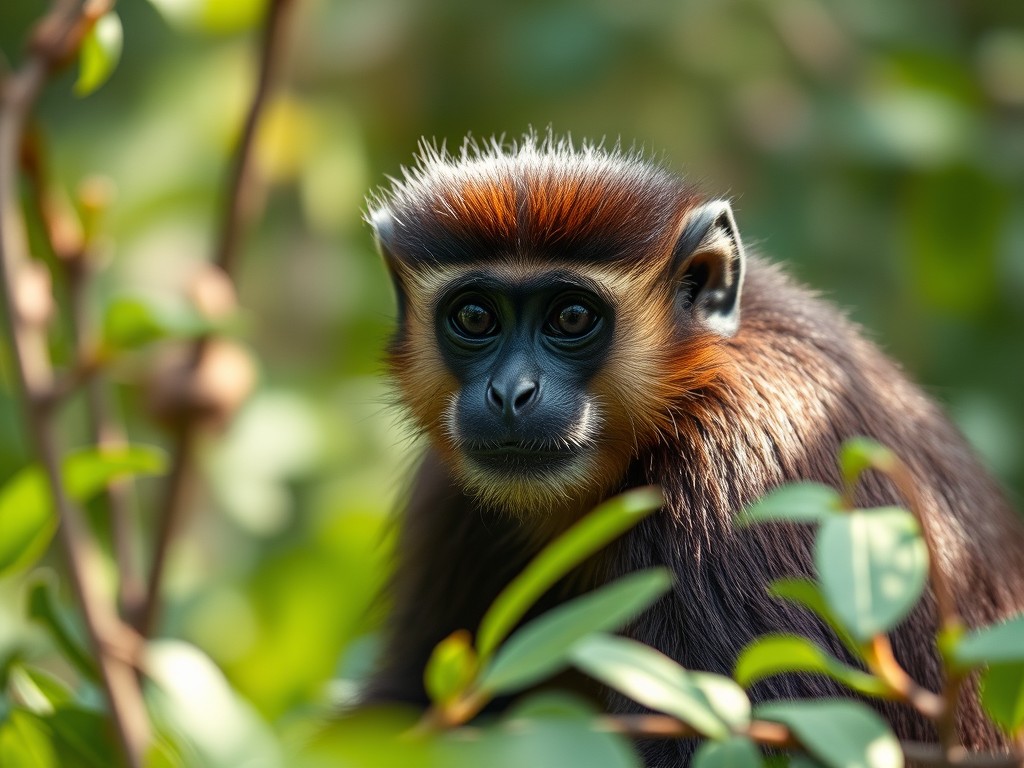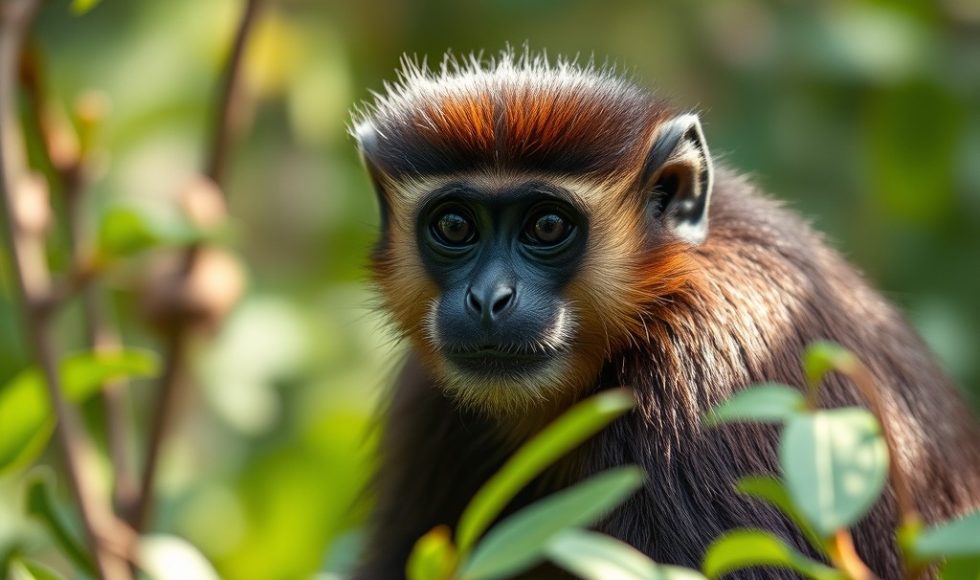Gabriela Pozo from the University of San Francisco de Quito in Ecuador presented at the Nanopore Community Meeting in Boston. The session’s title was “Obtaining reference genomes of emblematic and endangered Ecuadorian species.” Pozo noted that Ecuador is one of the seventeen megadiverse countries globally. However, conservation efforts are also needed. Genomics, noted Pozo, can help understand biodiversity and detect inbreeding. Genomics also allows monitoring over time to learn which conservation studies are working. There is a gap in developing countries: species in developing countries are underrepresented in global genomic datasets. Pozo and the team want to obtain high-quality reference genomes. Pozo is interested in mortino (Andean blueberry). This plant is native to the Andean highlands and is rich in nutriceuticals. The team obtained a high-quality reference genome with high BUSCO scores and good statistics. The team is using the reference genome to learn about variations. Pozo also noted that they are part of the ORG.one initiative. Ecuador has a high number of threatened species. They have focused on primates. The first species they sequenced was the Ecuadorian brown-headed spider monkey. The spider monkey genome was assembled with six flow cells and an M1kC! Current research is using a P2 Solo to sequence endangered frogs and lizards. Pozo acknowledged the team and students that were part of the projects and the Org.one and national funding systems. This session helped emphasize how, with a couple of flow cells and good DNA preps, new genomes can help conservation efforts.



